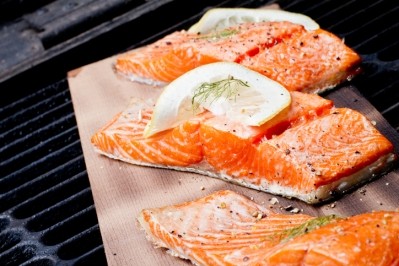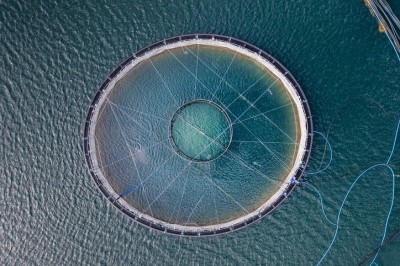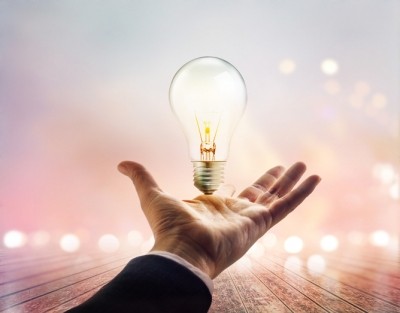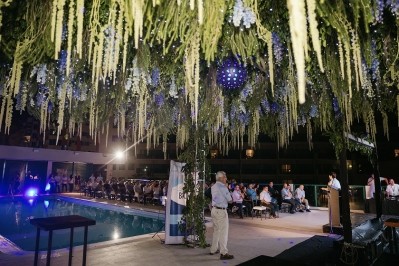Fish feed producers innovate to combat greenhouse gas impact
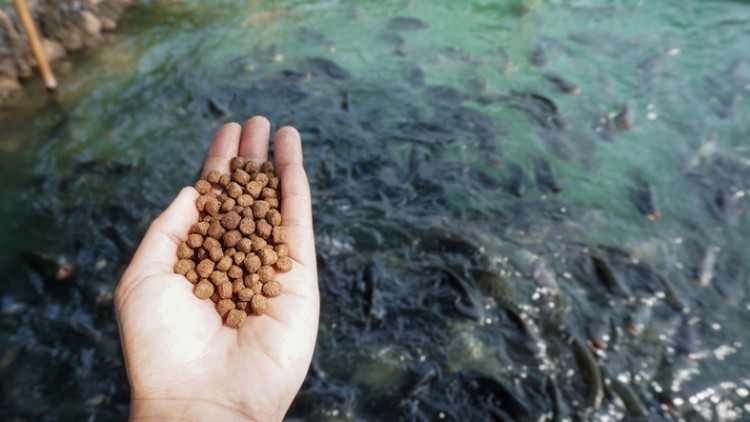
A research group led by the Institute of Hydrobiology, Chinese Academy of Sciences, found that fish feed was the greatest contributor to GHG emissions in China’s aquaculture.
The study measured the GHG emissions for energy use, nitrous oxide generated by the animals' excreta, synthetic fertilizer and the feed including raw material such as soybean meal, wheat and fishmeal, and the emissions from their production, processing and transport.
News that fish feed has a high GHG impact is not new. Research, published in 2020, and led by Scotland’s Rural College, the FAO, Cargill and WorldFish found that, while GHGs in aquaculture vary by farming system, feed is the main source of emissions.
Danish fish feed manufacturer, BioMar, has taken the approach of working towards more sustainable solutions.
Helen Ann Hamilton, global sustainability manager – technical, BioMar, told FeedNavigator: “If you look at all the emissions - energy, diesel use, tractor use – all of the deforestation that is associated with a lot of the feed raw materials that go into aquaculture - it makes a lot of sense that feed came out as the biggest contributor.”
Challenge
She admitted it is a “big challenge” to reduce the impact and while the industry was looking to cut its use of wild fish for feed this has raised its own problems.
“You can try to solve one problem and improve ecosystems and biodiversity in wild fish stocks, but [in doing so] you cause another problem in that by starting to rely on soy or palm oil, [ you find that the use of such raw materials] can result in higher GHG emissions,” she added.
BioMar is focusing on using waste products and avoiding supply chains that are meant for human consumption, supporting single cell protein (SCP) production. "We are trying to embrace circular economy thinking,” she said.
Skretting is also focusing on raw materials as a way to cut its feed emissions as this accounts for 94% of its total carbon footprint.
Jorge Diaz Salinas, sustainability manager at Skretting told FeedNavigator: “We have identified our hotspots and know that plant derived ingredients are the largest contributor to our footprint and therefore we’re working on a plan that will help us to achieve reductions.”
The company has an organizational Life Cycle Assessment (LCA) model in place that allows it to quantify the carbon footprint per ton of average packaged Skretting feed ready for delivery from cradle-to-gate.
Environmental and social impacts
“The production of the feed always takes into consideration the environmental and social impacts related to its production and we’re continuously working on innovations to support our customers on achieving the best performance on the farm with increasing levels of sustainability,” he said
Meanwhile, the Aquaculture Stewardship Council (ASC) said that it strongly believes in the role that aquaculture plays in providing animal protein at a much lower carbon cost than land-based alternatives like beef and pork. “Non-fed species like mussels are already recognized as very climate-friendly sources of protein and nutrition. However, it’s important not to assume that all seafood products come at a low carbon cost or that things can’t be improved."
